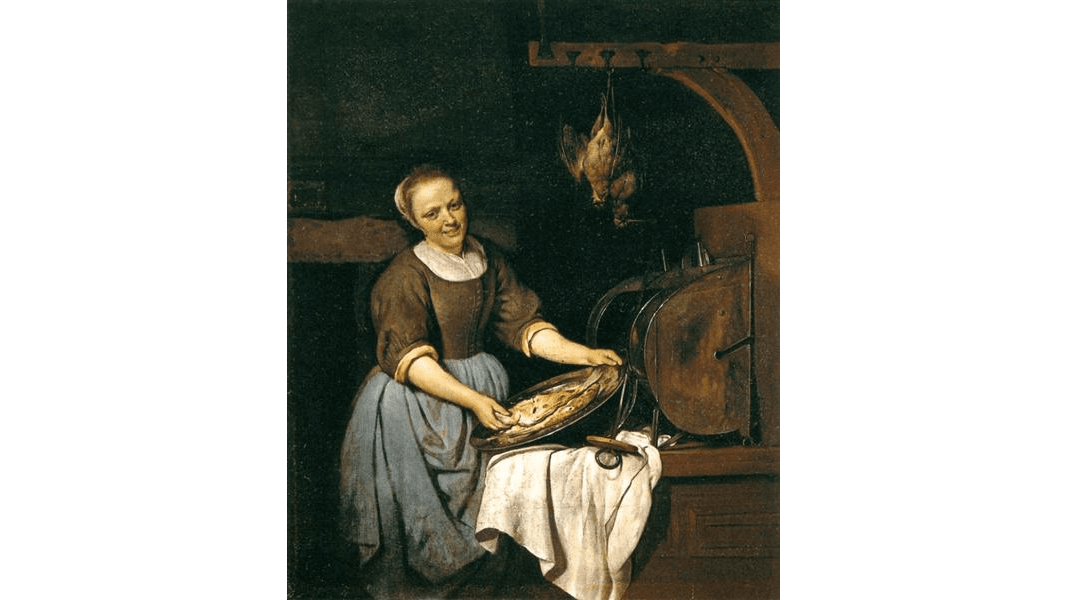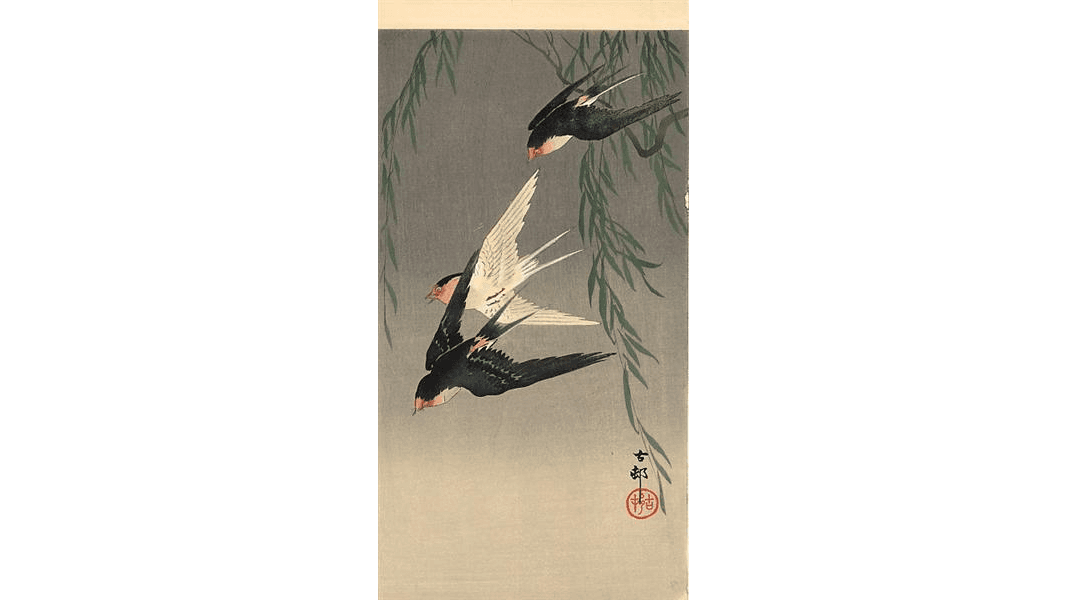Many of us, when we see dandelions, see them as simply weeds. Yet the dandelion is one of the first hopeful signs of spring and one of the most persevering and resilient plants ever. This plant grows almost anywhere. Even in the most desolate places, this little plant seems to grow and flourish.
Sarah is a freelance writer who works for Schulenberg’s Home Restaurant. She types up the menu cards for the restaurant and, in return, receives three meals each day.
While she waits for the menu in pencil draft to be delivered for her to type, she stares out her window. Although her view is only a windowless brick wall on the opposite side of the street, her gaze is directed inward with memories of the last year.
Cold Spring
Now it is March: Springtime! But snow still decorates the city of New York and seems to bury the hope of spring with it. Walter had promised to marry Sarah in the spring, but she had not received a letter in two weeks.Her memories of Walter are broken by a knock on the door. The new menus arrive and need to be typed up.
Sarah sets to typing and is very quick with it, until she reaches the end of the list of vegetables. Seeing the ending, she breaks down and cries.
She is not crying because “the lobsters were all out, or that she has sworn ice-cream off during Lent.” Sarah cries because the last “vegetable” on the list is dandelion. The flower that crowned her love is listed as a vegetable and placed alongside an egg. The dandelion and her love seem hopeless.
She cries and cries. Then, knowing that the menus must be typed, she calms herself and types. Walter might not be responding, but she will not leave the menus, even if they list cooked dandelions.
In this story, Henry shows us that Sarah learns the lesson of the dandelion. The dandelion may be bitter, but its perseverance and resilience bring hope that is as sweet as spring.
As spring arrives and the dandelions with it, let us look to hoping. For when we persevere in hope and resilience, we too can blossom and flourish anywhere.
As Ray Bradbury says in his book “Dandelion Wine”: “Pride of lions in the yard. Stare, and they burn a hole in your retina. A common flower, a weed that no one sees, yes. But for us, a noble thing, the dandelion.”
Wherever we are, whatever is happening, let us look at the dandelion. It is a bitter plant, but its bright hope is willing and resilient enough to thrive in the most impossible places. We, too, can make bitterness sweet with hope.






